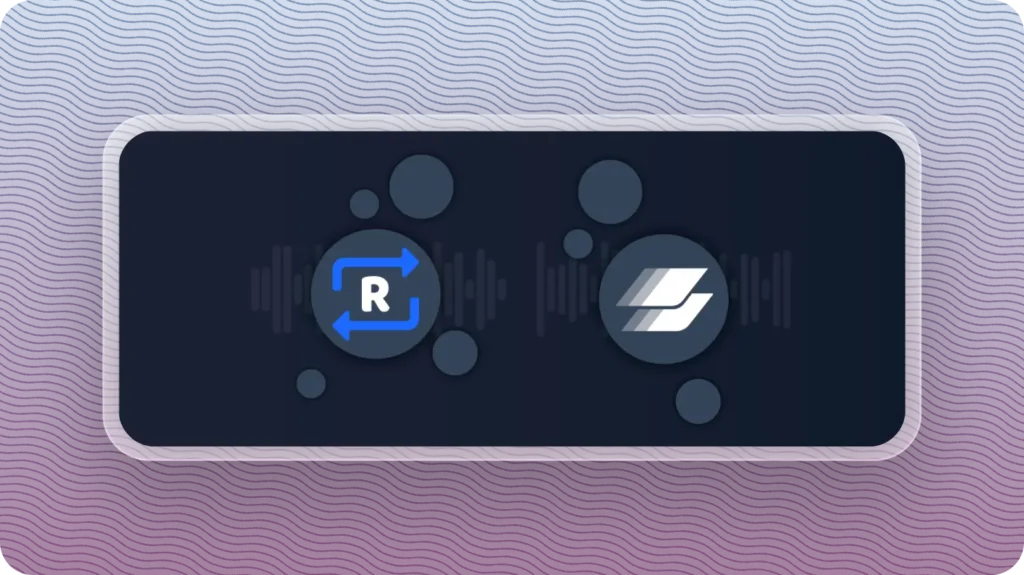How Requestly helps Instabug bridge the gap between frontend and backend

Recently, we had a chance to converse with Ahmed Nasser from Instabug. Ahmed gave us the inside scoop on how he stumbled upon Requestly and how it’s been the ultimate tool in eliminating the need to hardcode API responses in the source code.
Let’s dive into the conversation:
Q: Can you introduce us to InstaBug?
A: Instabug is a comprehensive toolset for mobile app developers that streamlines the debugging process and aids developers in optimizing their apps for the best user feedback and smooth rollouts.
Q: What is your role at InstaBug?
A: I am a frontline frontend engineer at InstaBug, and my primary responsibility revolves around developing and implementing new features on the front-end site.
Q: What challenges did you and your team face during their development process?
A: We frequently encountered challenges while waiting for the backend to finalize. We had to resort to hard coding responses in the source code, which was inefficient. Collaboration between the frontend and backend teams was a big challenge and slowed down our feature development process.
Q: How did you discover a solution to this challenge?
A: One day while waiting for the backend team, I searched Google and found the Modify API response feature of Requestly. With the first look, I realized this could be the answer to the team’s challenges with hardcoding responses in the codebase.
Q: How did Requestly change the workflow at InstaBug?
A: After setting up Requestly, we no longer hardcode responses in the codebase. When building new features, the backend, and frontend come up with an API contract and we define the API contract in Requestly for the desired API endpoint. Requestly serves the response like it is coming from the server and we don’t need to change anything in our codebase or any other configuration. It made our lives super simple.
Q: How did Requestly impact your project planning?
A: During project planning, both frontend and backend teams agree on the responses. The frontend team then uses this agreed response in Requestly, leading to simultaneous progress on the same feature by both teams.
Q: How has the frequency of using Requestly impacted the team’s productivity?
A: With Requestly being used multiple times a week, we have seen a huge improvement in our productivity. It has bridged the communication gap between frontend and backend teams, and made collaboration easier for us.
Q: In summary, what has been the impact of Requestly on InstaBug’s operations?
A: Requestly has been a difference-maker for us. It has boosted our efficiency, made teamwork easier, and totally changed how we do front-end development. Thanks to this tool, what was once a big challenge for us is now a big win!

From this conversation we concluded that the integration of Requestly has truly been a game-changer for InstaBug, driving efficiency, enhancing team collaboration, and redefining their approach to front-end development. Through adaptation and technological leverage, InstaBug transformed a challenge into a notable success story.
Hearing such customer stories and receiving feedback fuels our motivation and drives us to continually enhance our offerings at Requestly. These insights not only inspire our team but also shape the future of Requestly, ensuring that we not only meet but exceed the expectations of those we serve.
Contents
- No headings found.
Subscribe for latest updates
Share this article
Related posts



















